Key Pricing Strategies in Cross-Border Trade
Market-Based Pricing
Brands often tailor prices to each market’s unique characteristics, such as local competition, customer expectations, and purchasing power. This approach, known as market-based or localized pricing, helps maximize competitiveness and customer trust but can result in significant price differences between countries. For example, penetration pricing (setting low initial prices to gain market share) and premium pricing (setting high prices to signal exclusivity) are both common tactics depending on the brand’s objectives and market position.
Harmonized vs. Localized Pricing
Companies face a strategic choice: maintain varied prices across borders, adopt a single regional price, or find a balanced approach. Holding firm on local prices works for brands with strong loyalty or products that are hard to compare across borders, but growing price transparency makes this increasingly difficult. Harmonized pricing simplifies operations and reduces arbitrage risk but may require lowering prices in some markets, impacting profitability. A middle-ground strategy aligns pricing and promotions across markets while allowing for local adjustments, balancing central control with market flexibility.
Cost-Plus and Competitive Pricing
Cost-plus pricing (adding a markup to production and logistics costs) is straightforward but may not reflect local market realities. Competitive pricing involves setting prices based on what rivals charge, which is essential in price-sensitive markets. Both strategies must account for additional cross-border costs like tariffs, taxes, and compliance with local regulations.
Currency Exchange Considerations
Exchange Rate Risk
Currency fluctuations can significantly affect the cost and profitability of cross-border transactions. If a company agrees to pay or receive payment in a foreign currency, unfavorable exchange rate movements can erode margins or increase costs by the time the transaction settles. This risk is a major concern for both exporters and importers.
Transaction Costs
Cross-border payments often incur hidden fees, including bank transaction charges, intermediary fees, and exchange rate markups (typically 1.5%–7.5%). These costs can accumulate, especially for businesses with high transaction volumes, and should be factored into pricing decisions.
Timing and Hedging
The timing of payments can be critical—businesses may delay or expedite transactions to take advantage of favorable exchange rates. Financial instruments such as forward contracts, options, and natural hedging (matching revenues and expenses in the same currency) can help manage foreign exchange risk. However, these strategies require expertise and careful planning.
Impact on Pricing Strategy
Currency volatility may necessitate dynamic pricing adjustments or the use of currency clauses in contracts to share exchange rate risk with partners. Companies must also consider whether to quote prices in their home currency, the buyer’s currency, or a stable third currency (e.g., USD or EUR), each choice carrying different risks and implications for competitiveness.
Best Practices for Cross-Border Pricing
- Conduct thorough market analysis: Understand local demand, competition, regulatory environment, and customer willingness to pay.
- Establish clear pricing policies: Set cross-country pricing guardrails to balance local flexibility with central control, minimizing arbitrage risk while allowing for market-specific adjustments.
- Monitor currency markets: Stay informed about exchange rate trends and consider hedging strategies to protect margins.
- Account for all costs: Include tariffs, taxes, shipping, payment processing, and currency conversion fees in your pricing model.
- Review and adjust regularly: Cross-border markets are dynamic; regularly revisit pricing strategies to reflect changes in costs, competition, and currency conditions.
Summary Table: Pricing Strategies and Currency Considerations
| Strategy | Pros | Cons | Currency Consideration |
|---|---|---|---|
| Market-Based Pricing | Maximizes local competitiveness | Complex to manage, price disparities | Must account for FX volatility |
| Harmonized Pricing | Simplifies operations, reduces arbitrage | May lower profits in some markets | Easier FX management if single currency |
| Cost-Plus Pricing | Simple, transparent | May not reflect local market reality | Vulnerable to FX and cost changes |
| Competitive Pricing | Keeps pace with rivals | Risk of price wars, margin pressure | Must monitor FX impact on rivals |
Conclusion
Effective cross-border pricing requires a blend of market insight, strategic flexibility, and robust currency risk management. Companies must weigh the benefits of localization against the risks of price disparities and arbitrage, while proactively managing the financial impacts of currency fluctuations and transaction costs. Regular review and adaptation of pricing strategies are essential to maintain competitiveness and profitability in international markets.



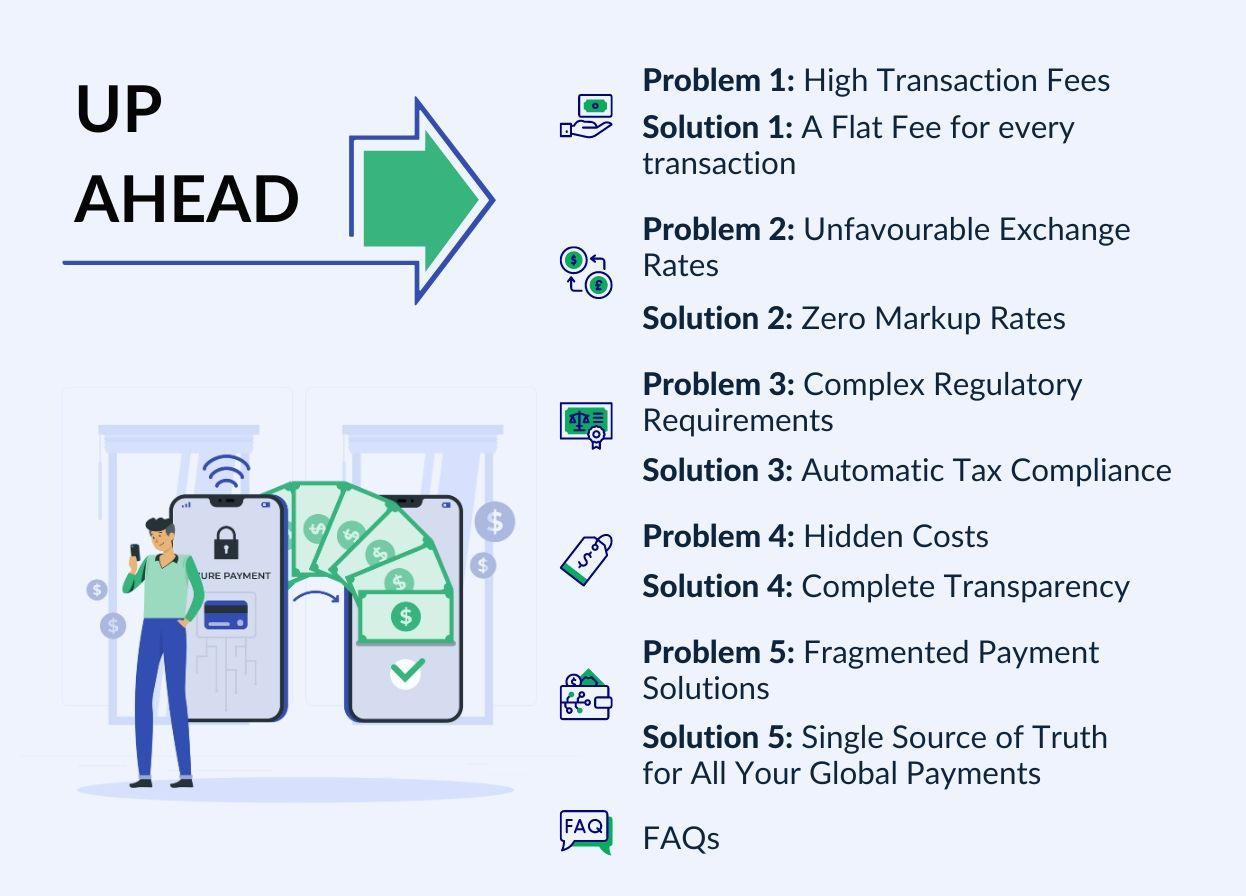








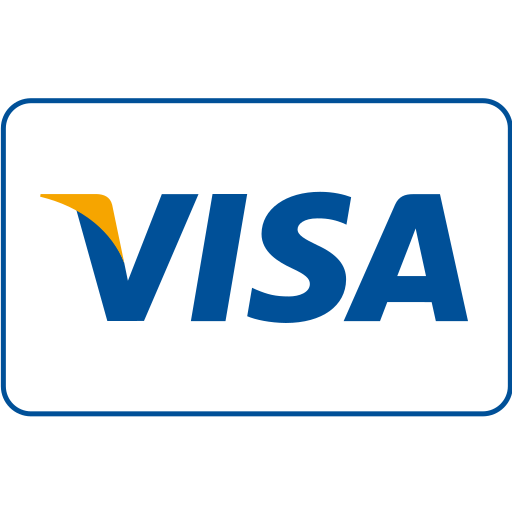
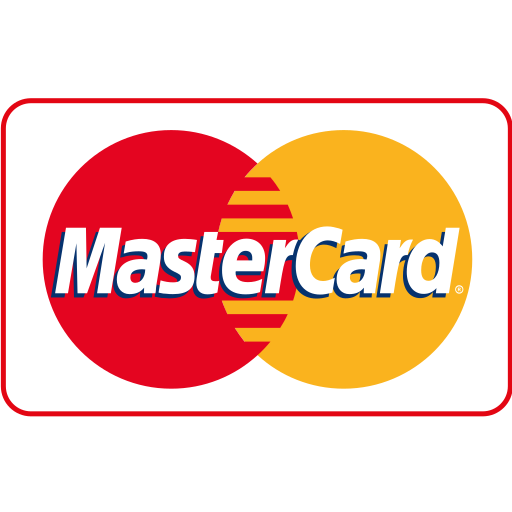
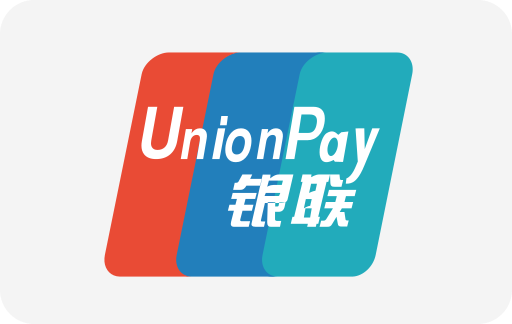
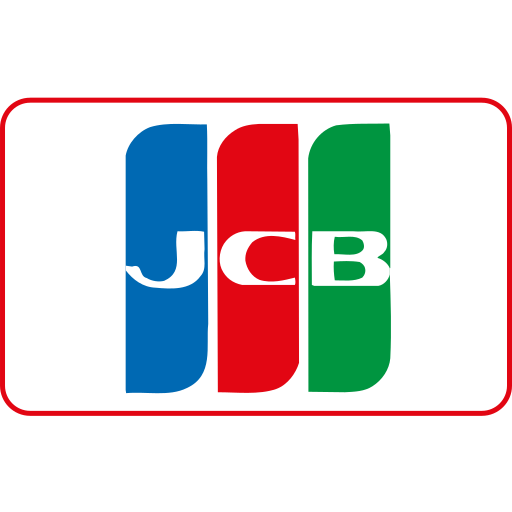




Maple Ranking offers the highest quality website traffic services in Canada. We provide a variety of traffic services for our clients, including website traffic, desktop traffic, mobile traffic, Google traffic, search traffic, eCommerce traffic, YouTube traffic, and TikTok traffic. Our website boasts a 100% customer satisfaction rate, so you can confidently purchase large amounts of SEO traffic online. For just 720 PHP per month, you can immediately increase website traffic, improve SEO performance, and boost sales!
Having trouble choosing a traffic package? Contact us, and our staff will assist you.
Free consultation